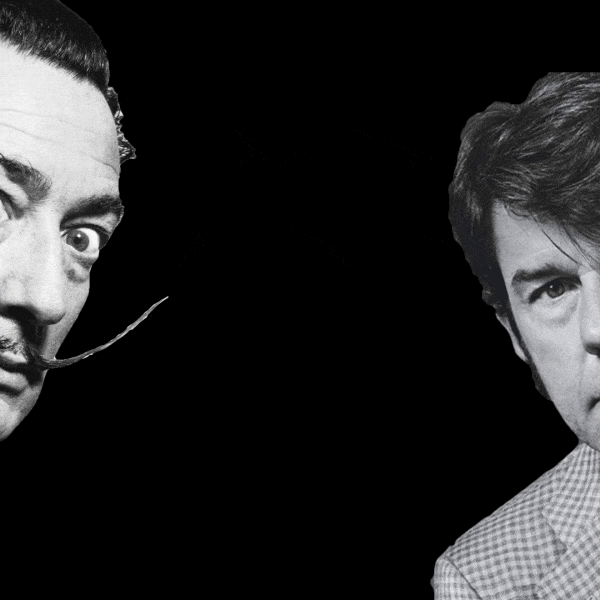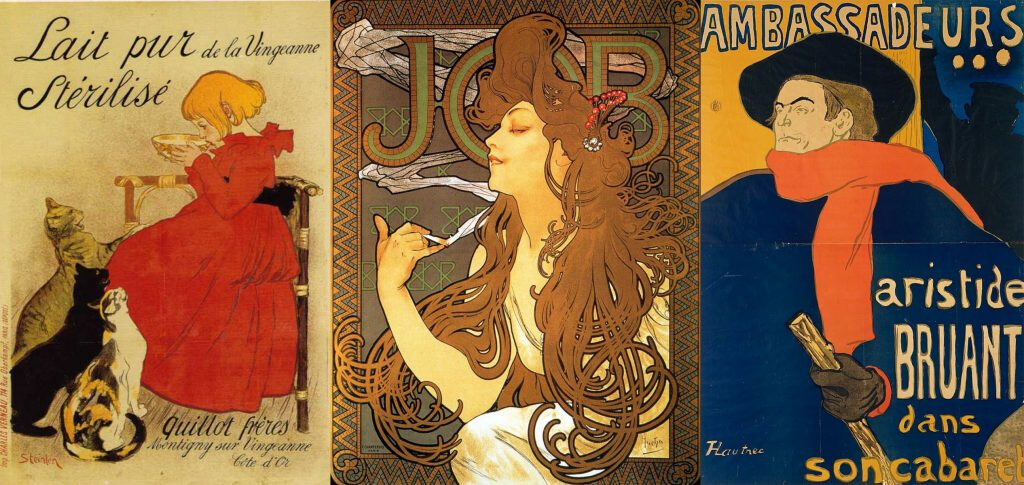04 - 09 - 2017
Design vs. Art

I attended an institute that dealt with applied art but enrolled in the Communication course. Perhaps this is why for a long time I was confused about what the boundary was between art and design. In fact in many ways the two intersect, at least they did for a period of history, where the most creative were the artists who were given the role of designers. Personally, I am very happy that they did it because then we can admire unique pieces of architecture and accessories.
However, there is only one question to ask: should design strive for the beautiful or the functional? Which sells more?

Do you know Art Noveau? Beautiful, sinuous in all its curved and detailed lines, with its comic pop-style sharp edges, its glittering golds and its architecture inspired by nature and Japanese paintings. I wrote a paper on Klimt and made (in a total cosmic delirium of omnipotence) one of his clay works. My mum at home had put up pictures with posters of Steinlen, Mucha and Lautrec. What colours, what strokes. Maybe one day I too can be an advertising designer like them, I used to say to myself.
But it wasn't about design, they were just artists who drew posters and became illustrators.
You know Sottsass? The mega-mirror Ultrafragola, the Carlton bookcase that everyone has wanted at least once in their life? How I wish I could put them in my home.
Here, regardless of one's taste, this is not design even if the creator is a designer.
Let's start with the basics.
The artist creates something that is for the masses. The designer also.
The artist creates something for money. The designer also.
The artist is sensitive to the social movements of his time. The designer also.
The artist elaborates something that comes from his gut feeling, with the technique that suits him. The designer elaborates something that must meet certain standards both materially and structurally.
For example, you cannot make a table out of tissue paper because you cannot eat off it. This is a poetic licence that the artist may allow himself in order to deal with a theme particularly dear to him. The designer, on the other hand, can think of making a light and resistant table that can change size for the most diverse needs of the purchaser.
The artist creates questions in people. The designer answers the questions of the discerning.
Visual design for advertisements should not build too many questions around its function. Communication must be fast, direct hit without getting the viewer lost in the forest of information. People read images from cars, scrolling through magazines and devices.
In the middle of a crowd of people talking, only a megaphone is heard by all.
There are quite a few words that when uttered in association with others can make you feel better about your job. Some of these belong to the designer category and are used loosely for a multitude of other professions.
As I understand it, for all the questions I have asked myself and the answers I have arrived at, design is that particular invention that improves people's lives, not just makes them more beautiful and fashionable.
Designing is something that requires knowledge of the product to be developed. To understand whether a wine is good or not you have to have tried others and you have to know what characteristics make it a quality wine. We may like wine in tetrapaks, but we cannot claim to be sommeliers.
- Strategy
- Branding
- Digital
- Content
View Project
![SVG animations on the web: Severino Becagli's site [Case History].](https://admin.we-rad.com/storage/uploads/be0518d9-e82a-4677-8e7a-8ab5e9abf374/severino-bw.gif)
